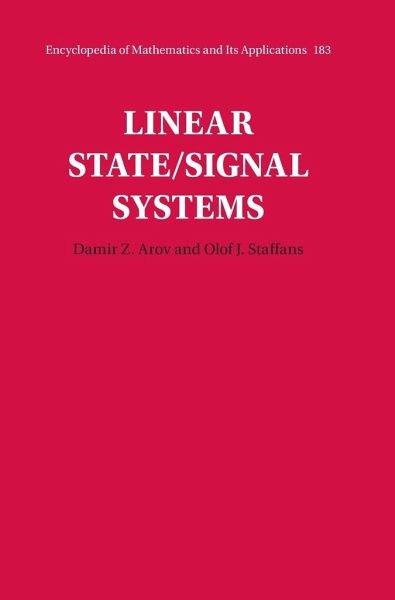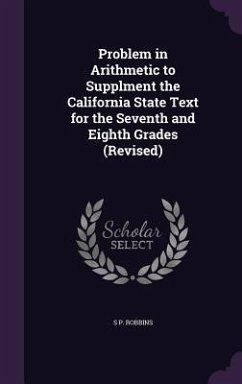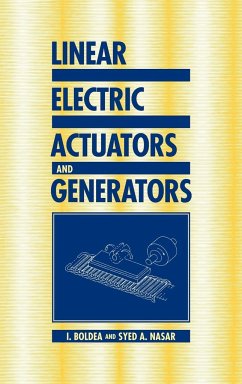
Linear State/Signal Systems

PAYBACK Punkte
90 °P sammeln!
"The theory presented in this book arose as a product of a continued collaboration between the two authors during the years 2003-2021. The basis for this collaboration was our common interest in passive linear time-invariant input/state/output systems theory. At the time when this project started O. Staffans was preparing a joint article (Ball and Staffans, 2006) with Prof. J. Ball which, in particular, explored the connections between conservative input/state/output systems theory on one hand and some results in the behavioral theory introduced by J.Willems in the late 80's on the other hand....
"The theory presented in this book arose as a product of a continued collaboration between the two authors during the years 2003-2021. The basis for this collaboration was our common interest in passive linear time-invariant input/state/output systems theory. At the time when this project started O. Staffans was preparing a joint article (Ball and Staffans, 2006) with Prof. J. Ball which, in particular, explored the connections between conservative input/state/output systems theory on one hand and some results in the behavioral theory introduced by J.Willems in the late 80's on the other hand. After extensive discussions on the above approach, comparing it to the theory of passive electrical networks, we understood that this opens up a new direction in the study of passive linear time-invariant systems. We called the new class of systems that arose in this way passive state/signal systems. From the outset it was clear that the notion of passivity with an arbitrary supply rate fits more naturally into the state/signal setting than in the input/state/output setting, and that the standard "diagonal transformation" of Livésic, the Potapov-Ginzburg transformation, and the Redheffer and chain scattering transformations have natural interpretations as transformations between input/output resolvents of different input/state/output representations of a passive state/signal system. We also soon discovered that virtually all the standard control theory notions, such as controllability and observability, minimality, stability, stabilizability, detectability, and well-posedness have natural state/signal counterparts"--














